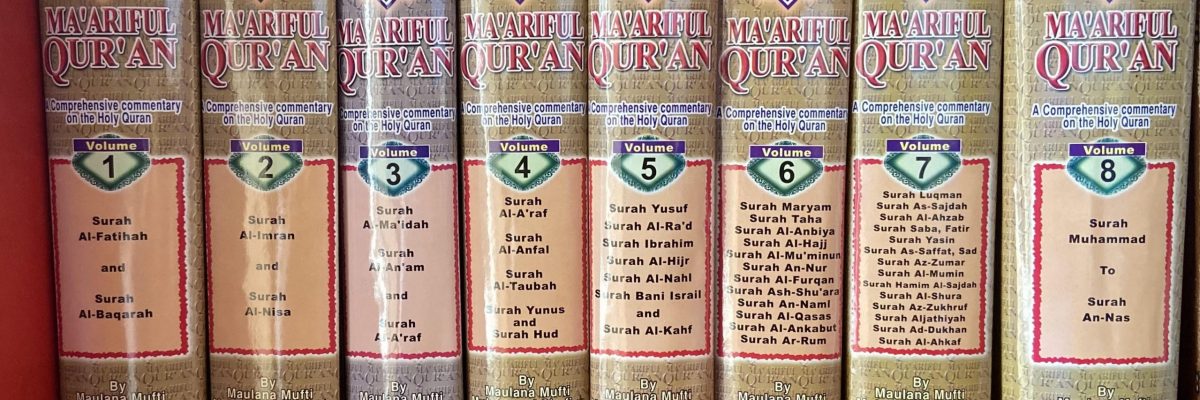Fatwa ID: 01475
Answered by Molana Ishaaq Hussain
Question:
1) Is it Haraam or Makrooh Tahreemi to remove the beard on the two parts of the cheeks and keep only the one on the chin?
2) Is it Makrooh Tahreemi to remove the white beard on both (the thick and thin beard)?
3) Even though the salaah is valid behind a faasiq (the one who shave or trim the beard less than a fist), but is it better (Mustahab) to repeat the salaah prayed?
4) Can a faasiq be a witness or wakeel for a nikah, if yes then how his witness is accepted in this case?
5) Some people remove the two side of the anfaqa (baby beard), what is the hukm of it (Makrooh Tahreemi or Haraam) ?
6) Khilal is done with which hand, only the right hand or both the hand.
7) Is the khilal done on all three parts of the beard or just the chin for the Sunnah to be accomplished
Answer:
In the name of Allah, the most Beneficent, the most Merciful.
It is mentioned in the commentary of 'Riyadhus Saliheen':
''…and (regarding) the beard, the people of the language have said it is the facial hair and the hairs on both the cheeks […] and as for allowing the beard to grow and leaving it as it is, this is the natural instinct Allah Ta’aala has created man with […] indeed it is the symbol of masculinity rather it is the beauty of a man…'' (Sharah Riyadhus Saliheen p .1380 v 1)
Allamah Badr al-Deen al-Ayni in his famous commentary has considered the hair of the cheeks not to be part of the beard hence he states:
''…and the beard […] is that which grows on both the cheeks and chin, as some have said. I say, that which is on the cheeks is nothing…'' (Umdah al-Qari p.66 v .32)
Thus the scholars have given consent on cleaning the hairs on the cheek, although the majority of scholars have said it is makrooh to do so. Allamah Anwar Shah Kashmiri (RA) in his commentary states two reasons as to why cleaning the hairs on the cheeks, whether it is by shaving with a razor or plucking is makrooh:
Firstly, if one was to shave the hairs of the cheeks then this causes that part of the skin to become rough and hard. The second is that it causes the eyesight to become weak. (Faydh al-Bari p .380 v . 4)
Answer 2
It is mentioned in Durrul Mukhtar (p 407 v 6) that there is nothing wrong in plucking the white hairs if it is not done out of beautification.
This means that if it is done for medical purposes or out of need it will be permissible to pluck out the white hairs etc, but strictly speaking, plucking out the white hairs is generally done out of beautification, and to hide one’s old age. Therefore, scholars say it is Makrooh (Tanzeehi ) to pluck out the white hairs. (See Tuhfatul Lamiee of Mufti Saeed Ahmad Palanpuri (DB) p 575 v 6)
Answer 3
If a person was to offer his salaah behind a faasiq or even a Mubtadi (a person who does Biddat) then his salah will be valid, there is no need to repeat the salaah, neither individually nor in congregation. (Fatawah Darul Uloom Deoband p 168 v3)
Answer 4
The contract of nikah of Muslims is not concluded unless there are present two muslim, free, major and sane male witnesses, or one male and two women, whether or not they possess moral probity or whether they have been awarded the Qadhf (false accusation of unlawful sexual intercourse)… we (i.e Hanafi scholars) maintain that a fasiq is one who possesses Wilayah, thus he is one who can render testimony as well. (Hidayah p 326 v 2 )
From the above text of Hidayah we learn that a Fasiq can be a witness in Nikah as well as a Wali also.
Answer 5
‘Anfaqah’ are those hairs which are connected to the moustache. It is permissible to cut these hairs.
Answer 6
Khilal literally means to pass wet fingers. The khilal of the beard is from amongst the sunnah acts of Wudhu. (Mukhtasar Qudoori p.3)
Sayyidna Anas  narrates that when the Prophet of Allah
narrates that when the Prophet of Allah  would make Wudhu, he would get a handful of water with which he would use to make Khilal of his beard and he would say, “ this is what i have been ordered to do by my lord” (Sunan Abu Dawud p 42 v 1)
would make Wudhu, he would get a handful of water with which he would use to make Khilal of his beard and he would say, “ this is what i have been ordered to do by my lord” (Sunan Abu Dawud p 42 v 1)
The Khilal of the beard should be done after washing ones face in Wudhu. It is Sunnah to do Khilal once. This is what we understand from the above Hadeeth. (Fatawah Darul Uloom Deoband p 103 v 1)
There is nothing clear cut in the ahadeeth, as to which hand the prophet of Allah Sallallahu Alaihi Wasallam used to make Khilal of the beard.
Answer 7
Khilal should be done on that part of the beard which comes underneath the chin.
Only Allah Knows Best
Written by Molana Ishaaq Hussain
Checked and approved by Mufti Mohammed Tosir Miah
Darul Ifta Birmingham.


